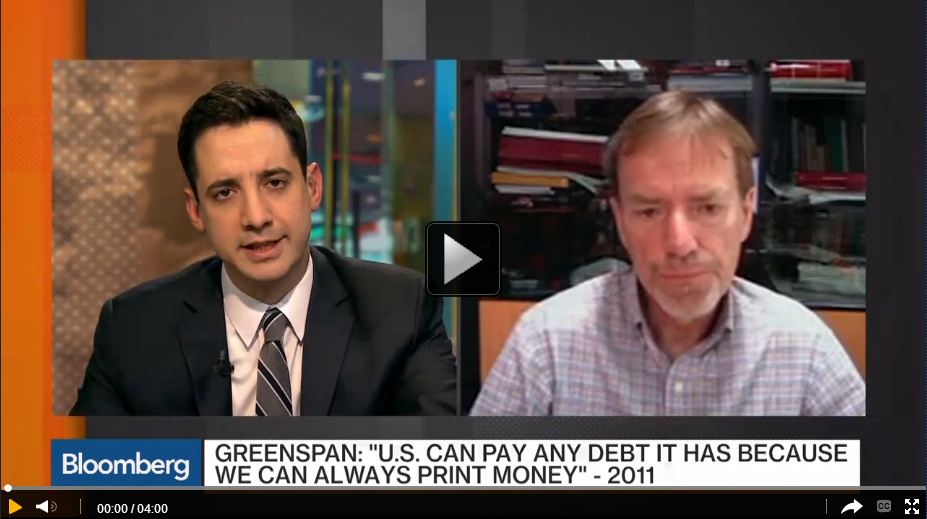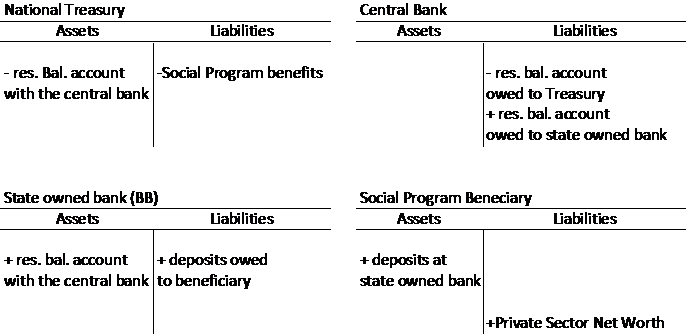The big political story in Brazil is the potential impeachment of President Dilma Rousseff (Brazil’s lower house of congress voted in favor of impeachment; the motion now moves to the senate for consideration). To get an idea of how messy this situation is, note that the man leading the impeachment attempt, Speaker of the House Eduardo Cunha, is facing 184 years in prison for his role in the Petrobras corruption scandal. (In the NYTimes‘ Room for Debate series, Laura Carvalho describes the impeachment process as a parliamentary coup. See also Felipe Rezende’s critical take on the charges for which Rousseff is ostensibly being impeached: violation of the Fiscal Responsibility Law.)
All of this is happening against the backdrop of a multi-faceted economic crisis. Here’s Fernando Cardim de Carvalho’s summary of the situation from his latest policy note:
Brazilian real GDP is estimated to have contracted 3.8 percent in 2015. Meanwhile, annual inflation reached 10.7 percent in 2015 … The overnight cost of bank reserves in the interbank market (SELIC) is currently 14.25 percent. The exchange rate to the US dollar is around R$4, a 50 percent increase over a year ago. Fiscal space for implementing recovery policies is practically nonexistent, with fiscal deficits reaching 10.3 percent of GDP … Unemployment has been growing rapidly and the outlook for 2016 is not promising, to say the least, with the International Monetary Fund (IMF 2016) projecting a further contraction in GDP of 3.5 percent. Concerns about the solvency of large firms that have sharply increased their foreign indebtedness in recent years intensified with the steep devaluation of the real in 2015.
Cardim de Carvalho recently presented his analysis of Brazil’s political and economic challenges at the 25th Minsky Conference. He observed that for once the balance of payments has not played a key role in this economic crisis; nor are there any easily identifiable “external villains” this time around: “this … is an entirely domestically generated crisis.” (Here are the slides from his presentation; video is embedded below the fold.)
As he points out in the policy note (pdf), even a fully functioning, stable government would have a hard time addressing this mix of economic problems, but as it stands, it isn’t even clear who will be running the country in the near future. Cardim de Carvalho pins Brazil’s hopes[1] partially on maintaining the devaluation of the Brazilian real and advocates a change up in fiscal policy. But even here, there’s not much room for policy maneuvering: “For all practical political purposes, Brazil is stuck with fiscal austerity,” he laments.
Under the circumstances, policymakers might be able to do less damage by turning to what Cardim de Carvalho calls “smarter austerity”: “an increase in public investment paired with less damaging spending cuts and revenue increases, could limit the negative impact on aggregate demand.” The problem, as he explains, is that implementing this kind of budgetary shift would require managing some complicated political trade-offs. Reading the headlines this week, it’s hard to imagine the political system pulling this off, no matter who ends up running the country until the 2018 elections. He’s not optimistic:
Only skillful negotiation led by a trusted political leadership could obtain current sacrifices from participants with a view to achieving better results in the future. Unfortunately, there does not seem to be the slightest possibility that such a negotiation could happen in the near future. The government does not seem capable of doing it. All initiative was lost when avoiding or beating an impeachment process became its first and practically only priority. On the other hand, no legitimate organized opposition exists to present demands and lead a negotiation on behalf of the people. The country has no “elders” to appeal to, no statesmen of recognized stature who deserve the trust of the nation.
Under such circumstances, until Brazil gets closer to the presidential elections scheduled for 2018, there seems to be no plausible alternative to the continuation of the recession and political uncertainty.
You can read the policy note here. See also Cardim de Carvalho’s working paper for more detailed data on how the Brazilian economy got to this point.
[1] “Hope” being the operative word: “While the extent to which the recent devaluation will help to engineer a sustained recovery is unclear, there is little doubt that a return to the overvaluation characteristic of the post-1994 period would kill any such possibility.” He expresses concern that Brazil’s deindustrialization may limit any potential expansionary effect from devaluation.
continue reading…







 ShareThis
ShareThis